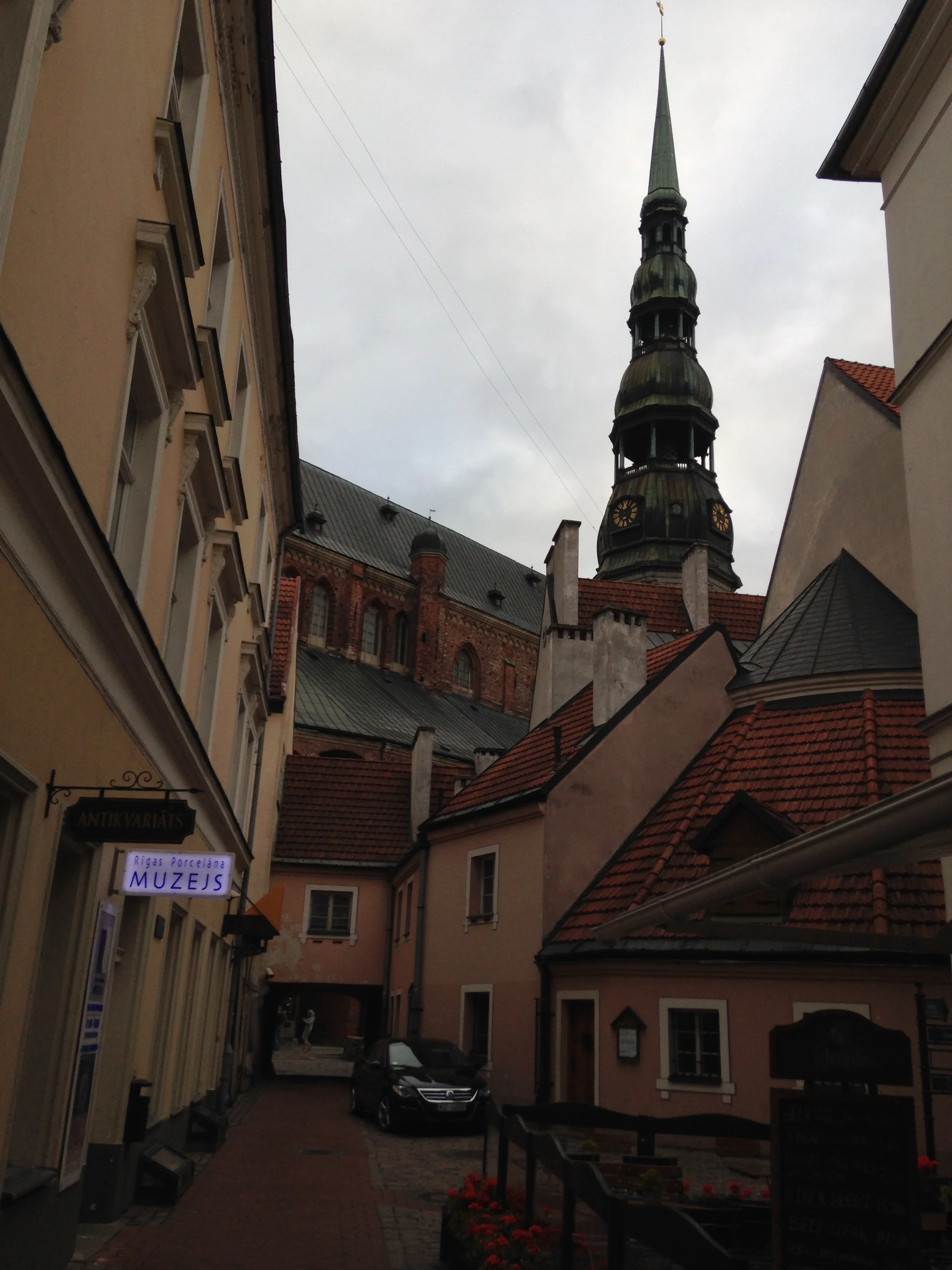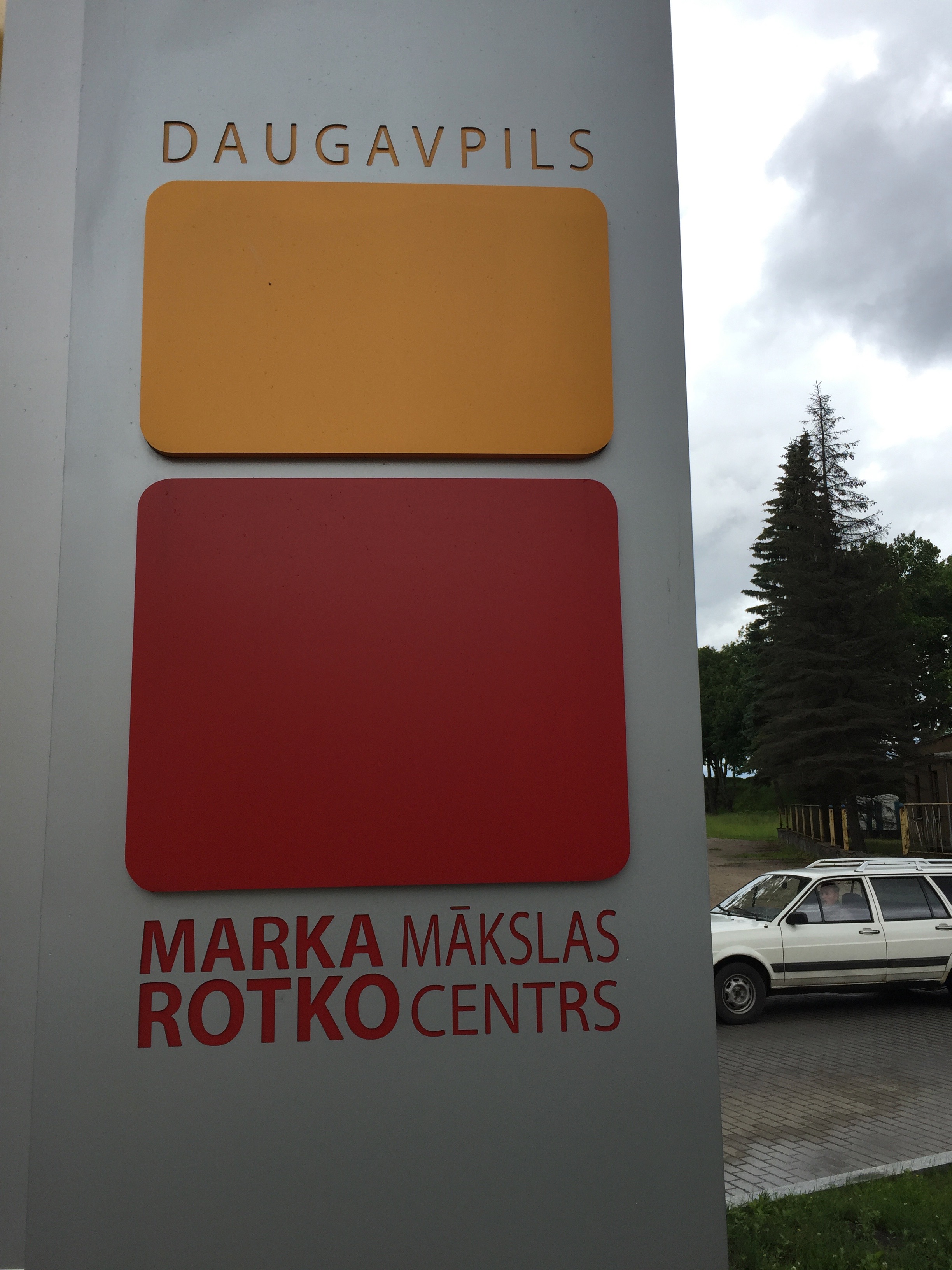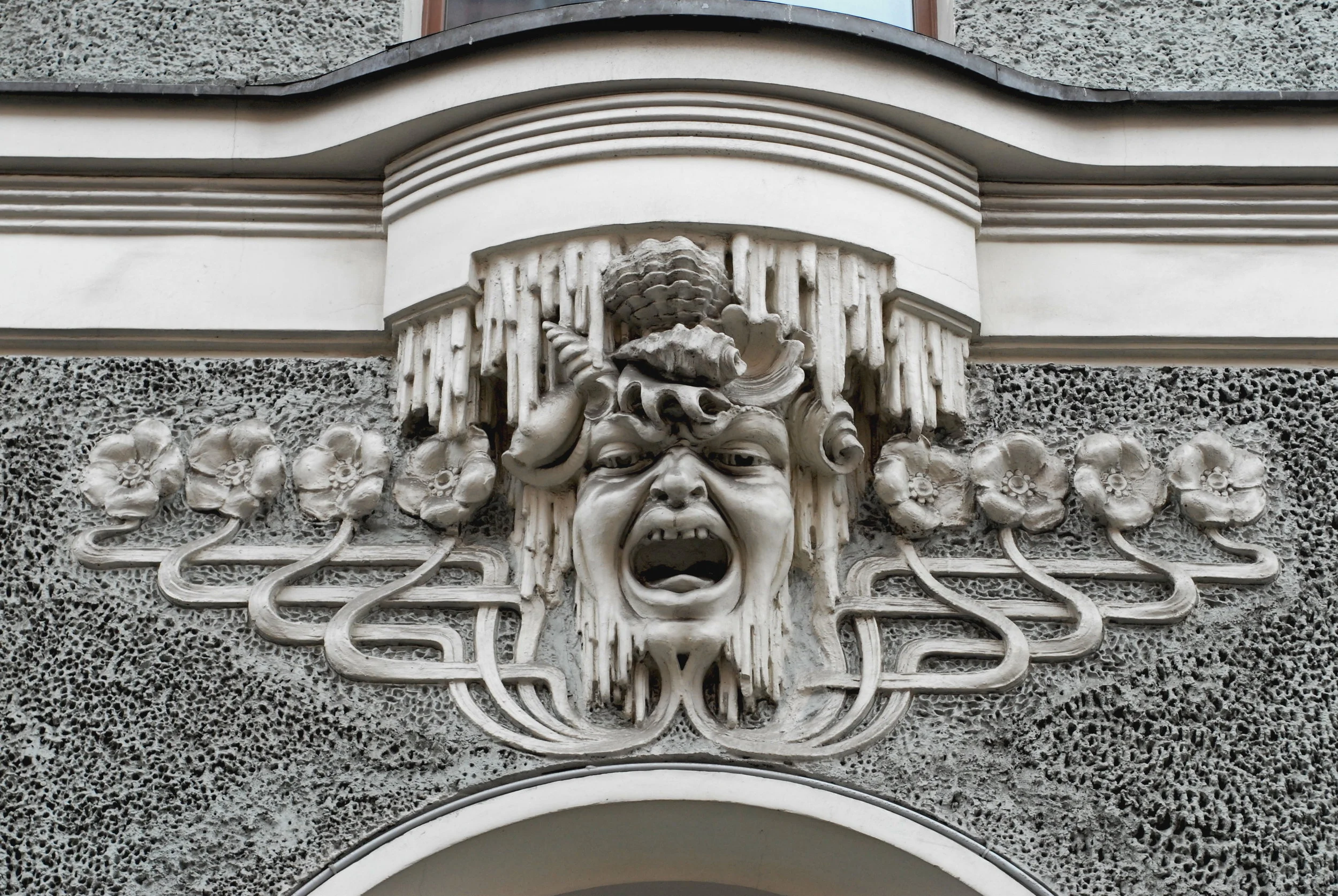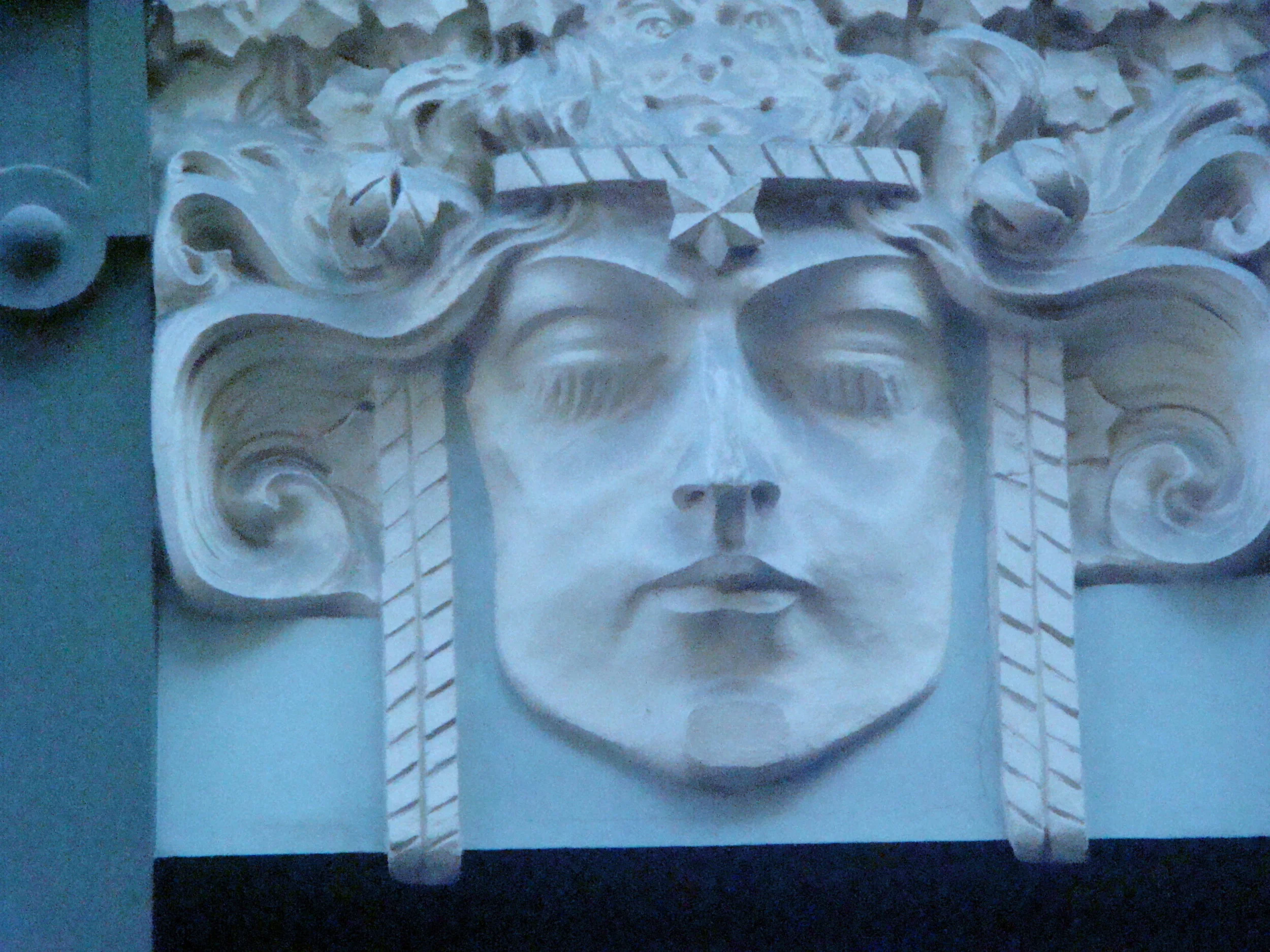Riga, Latvia. 2017.
Freedom Monument, Riga. Photo: Janis Kravis.
Old town, Riga. Photo: Janis Kravis.
Mark Rothko.
Photo: Guntar Kravis.
Photo: Guntar Kravis.
Photo: Guntar Kravis.
Photo: Guntar Kravis.
A selection of smoked fish. Photo: Guntar Kravis.
Art Nouveau. Photo: Janis Kravis.
Art Nouveau. Photo: Janis Kravis.
Art Nouveau. Photo: Janis Kravis.
Art Nouveau. Photo: Janis Kravis.
Art Nouveau. Photo: Janis Kravis.
From Helsinki we flew to Riga, Latvia. I was born in Riga a long time ago, however I still have some memories from when i was about five or six years old and remember walking on the pontoon bridge over the river Daugava. Since the second independence, I have been back a number of times. The purpose of the trip was to spend some time with friends and visit the Rothko Museum in Daugavpils. The museum is located in the former Artillery Arsenal building (1833) of the Daugaupils Fortress, which is a very large and impressive fortification complex.
Daugavpils Fortress. Built 1833.
Mark Rothko (adopted name of Marcus Rothkowitz) was born in Dvinsk, Russia (now Daugavpils, Latvia) on September 25, 1903. In 1913 he and his mother went to the United States to join his father who had already emigrated to the USA. They settled in Portland, Oregon. In 1923 he moved to New York where hetook drama courses and studied at the Art Students League with Max Weber (1924-1927). Works by such artists as French post-impressionist Paul Cezanne, surrealists Max Ernst and Joan Miro, but especially those by the fauve artist Henri Matisse made a great impact on his artistic development.
In the course of the development of the USA postwar painting Mark Rothko was the central figure who together with Paul Jackson Pollock, Willem de Kooning, Barnett Newman and Clyfford Still represented the so called abstract expressionism of the New York school.
Rothko had virtually eliminated all representational imagery in his works and by 1950 he had radically changed the composition of his pictures. On the basis of impressionist and surrealist imagery, he developed his own style which can be characterized as two oir three rectangular forms paced one above another and interacting with each other agains the field. One quality of Rothko's paintings is the ability to evoke the viewer's emotional reaction depicting simple and complex, personal and universal ideas, by using a reduced but visually powerful language. Mark Rothko died in 1970.
Rothko museum. Photo: Guntar Kravis.
Mark Rothko. 1903-1970
The Mark Rothko Museum is located in a very beautiful historic building. Most of the exhibit is very dark and you can sit in large scale Muskoka chairs and watch a slide show of Mark's life and work. There are examples of his early surrealist work as well as a few paintings of his late period.
I was surprised to see his paintings in public view without any protection. Today his paintings sell for tens of millions of dollars in auctions. At the end of the exhibit I came upon another room that had two paintings guarded by two guards. It turned out that these were original Rothko and the other were reproductions.
Riga has a very large market where farmers and producers bring their goods and harvests. There are dairy and poultry sections, meat and fish areas and fruit and vegetable stands. Weather permitting, there are also large outdoor, covered areas.
On the last day in Riga, we went to the market and bought ingredients for salad and several kinds of smoked fish. There is quite a large selection of smoked fish, prepared by the fishermen themselves. We got some smoked eel, one of my favourites, smoked Atlantic salmon and several other varieties, the names of which i do not know in English. All the salad produce was very inexpensive compared to Canada, however the smoked fish was expensive, very similar to our prices. The selection was much larger than what we have available.
Photo: Janis Kravis.
Photo: Janis Kravis.
Photo: Janis Kravis.
We came upon an unusual sculpture in the Kronvalds park.
Astronaut. Photo: Guntar Kravis.
The "SEMA" monkey statue has been in the park since last September when it was part of "Riga 2016" sculpture celebration. It was supposed to be there for one week and then relocated. Unfortunately the artists did not have the funds and offered the sculpture to the city as a gift. The bureaucrats turned down their offer.
It is a beautiful sculpture, all white except for the face, of impressive size making a nice contrast to the greenery of the park. I hope that they find a way of keeping it in the public space. It is a delightful surprise.
Riga has a very large collection of art Nouveau buildings and decorations.

























